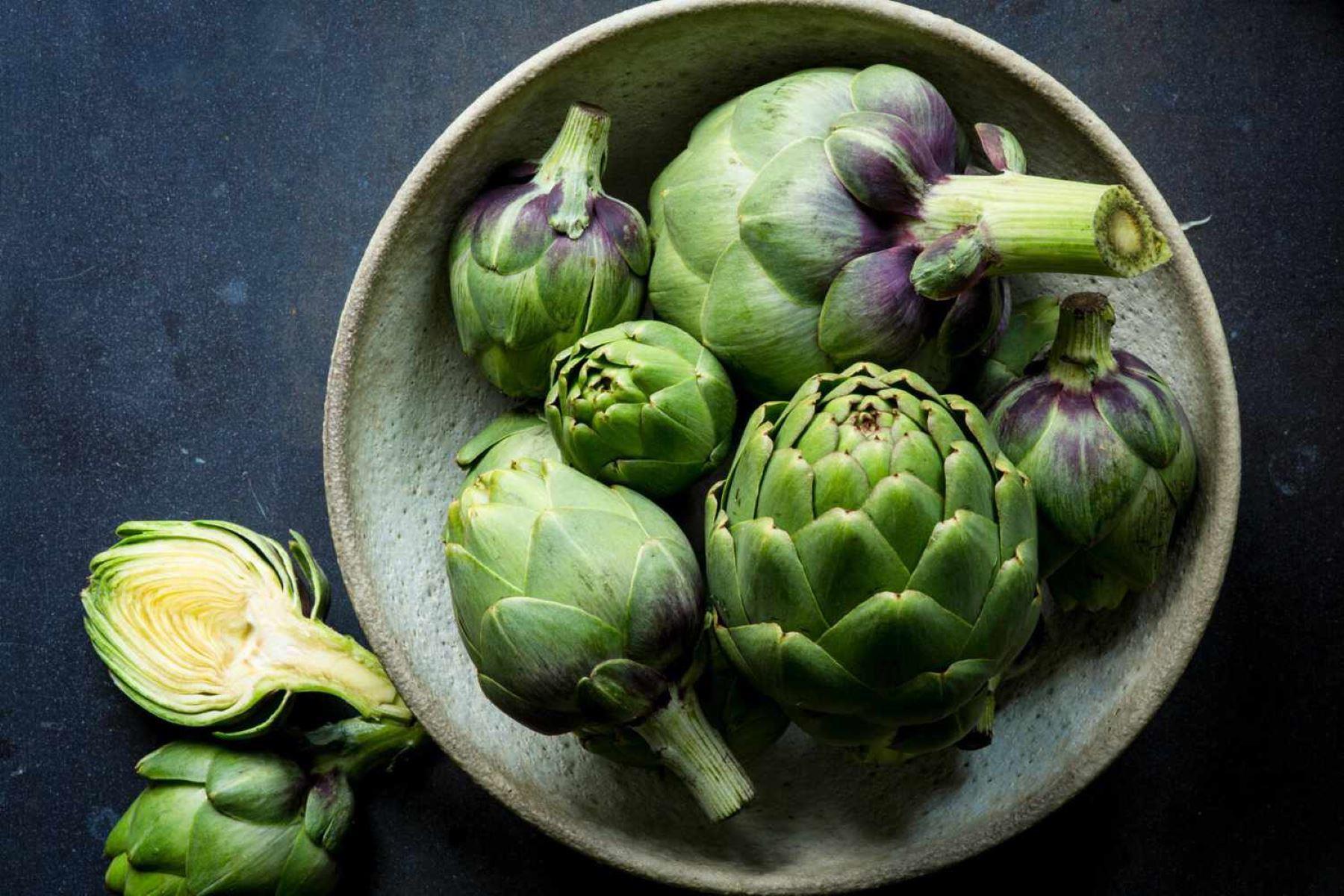

Articles
How To Store Uncooked Artichokes
Modified: February 26, 2024
Learn the best techniques and tips for storing uncooked artichokes fresh and tasty. Read our comprehensive articles now!
(Many of the links in this article redirect to a specific reviewed product. Your purchase of these products through affiliate links helps to generate commission for Storables.com, at no extra cost. Learn more)
Introduction
Artichokes are delicious and nutritious vegetables that can be enjoyed in various culinary dishes. However, sometimes you may find yourself with more artichokes than you can consume at once. In such cases, it becomes necessary to know how to store uncooked artichokes to ensure their freshness and quality for future use.
When stored properly, uncooked artichokes can last for several days, allowing you to enjoy their unique flavor and texture whenever you desire. In this article, we will guide you through the process of choosing, preparing, and storing artichokes to help you maximize their shelf life and maintain their deliciousness.
Key Takeaways:
- Properly storing uncooked artichokes can extend their shelf life, whether in the refrigerator, water, or freezer. Remember to clean, trim, and monitor for spoilage to enjoy their unique flavor for an extended period.
- For artichoke hearts, refrigerate in airtight containers, mix with oil, or freeze for longer storage. Implement additional tips like keeping them cool and avoiding overcrowding to maximize their freshness and flavor.
Read more: How To Store An Artichoke
Choosing and Preparing Artichokes
When it comes to storing uncooked artichokes, starting with the right ones is essential. When selecting artichokes, look for ones that are firm, vibrant, and have tightly closed leaves. Avoid artichokes that have brown spots, mushy or wilted leaves, or feel excessively soft when squeezed. The best time to buy artichokes is during their peak season, which is typically from March to May.
Once you have chosen the perfect artichokes, it’s time to prepare them for storage. Start by removing any excess leaves around the base, as well as any damaged or discolored outer leaves. Using a sharp knife, trim about half an inch off the top of the artichoke. Be careful not to cut too much, as this can expose the inner leaves and make the artichoke spoil more quickly.
Next, you’ll want to trim the stem. Depending on personal preference, you can either trim it flush with the base of the artichoke or leave a small portion intact. Trimming the stem helps the artichoke sit upright and cook more evenly.
After trimming, rinse the artichokes under cold water to remove any dirt or debris that might be lingering. Gently pat them dry with a clean kitchen towel or paper towel to remove excess moisture. Once the artichokes are clean and dry, they are ready to be stored.
Cleaning and Trimming Artichokes
Cleaning and trimming artichokes is an important step in preparing them for storage. By removing any dirt or impurities and trimming the leaves, you can help prolong their freshness and ensure they are ready to be used in your favorite recipes.
To clean artichokes, start by rinsing them under cold water. Gently spread the leaves apart to allow the water to reach all the nooks and crannies. Use your fingertips or a soft-bristled brush to remove any dirt or debris that may be trapped between the leaves. Take extra care to clean the base and stem area thoroughly, as these areas tend to accumulate more dirt.
After cleaning, it’s time to trim the artichoke leaves. Hold the artichoke firmly in one hand and, using kitchen shears, cut off the sharp tips of the leaves. This not only gives the artichoke a neater appearance but also removes any potential prickly ends that can be unpleasant to eat.
Next, trim the remaining leaves closer to the base of the artichoke. Take caution to remove only the tougher outer leaves, leaving the tender inner leaves intact. This helps to create a more desirable texture when cooking the artichoke.
Finally, trim the stem of the artichoke. Depending on personal preference, you can either trim it flush with the base or leave a small portion intact. Trimming the stem not only makes the artichoke more aesthetically pleasing but also allows it to sit upright, making it easier to cook and serve.
Once the artichokes are cleaned and trimmed, you can proceed with storing them to maintain their freshness and quality.
Storing Uncooked Artichokes
Properly storing uncooked artichokes can help extend their shelf life and preserve their flavor and texture. Here are some methods you can use to store your artichokes:
- Refrigerator Storage: The refrigerator is the most common and convenient place to store uncooked artichokes. Before refrigerating, wrap each artichoke tightly in a damp paper towel or place them in a perforated plastic bag to maintain moisture levels. Then, store them in the vegetable crisper drawer of your refrigerator. Artichokes can typically last up to a week when stored this way.
- Water Storage: Another method to store uncooked artichokes is by placing the stems in a container filled with water. This method is particularly helpful if you have artichokes with long stems. Place the artichokes upright in the container, making sure the stems are submerged in the water. Cover the container with a plastic bag and store it in the refrigerator. Change the water every couple of days to keep it fresh, and your artichokes can last up to a week using this method.
- Freezing: If you have an abundance of artichokes and want to store them for an extended period, you can freeze them. However, it’s important to note that freezing can affect the texture of the artichokes, making them softer once thawed. To freeze artichokes, blanch them in boiling water for a couple of minutes, then plunge them into an ice bath to stop the cooking process. Pat them dry and pack them tightly in freezer-safe bags or containers. Label and date the containers before placing them in the freezer. Frozen artichokes can last for several months.
Regardless of the storage method you choose, it’s crucial to keep an eye on your artichokes and discard any that show signs of spoilage, such as mold, a strong odor, or sliminess.
Now that you know how to store uncooked artichokes, you can enjoy their deliciousness for an extended period. Whether you’re using them in salads, dips, or main dishes, properly stored artichokes will bring their unique flavor and texture to your recipes.
Store uncooked artichokes in the refrigerator in a plastic bag to retain moisture. Keep them in the crisper drawer and use within 4-5 days for the best flavor and texture.
Storing Artichoke Hearts
Artichoke hearts are a versatile and delicious ingredient that can elevate various dishes. If you have leftover artichoke hearts or want to store them for future use, here are some methods you can employ:
- Refrigerator Storage: The easiest way to store artichoke hearts is in the refrigerator. Drain the artichoke hearts from any brine or liquid they may be packed in. Transfer them to an airtight container or resealable plastic bag, ensuring they are properly sealed to prevent air exposure. Store the artichoke hearts in the refrigerator, where they can remain fresh for up to a week.
- Freezing: To prolong the shelf life of artichoke hearts, freezing them is a great option. Start by draining the hearts from any liquid and pat them dry with a paper towel. Place the hearts in a freezer-safe bag or container, removing as much air as possible. Seal the bag or container tightly, label it with the date, and place it in the freezer. Frozen artichoke hearts can retain their quality for up to six months.
- Mix with Oil: Another method to store artichoke hearts is by mixing them with oil. Drain the hearts and place them in a jar or container. Cover the hearts with olive oil, ensuring they are completely submerged. The oil acts as a protective barrier, preventing oxygen from reaching the artichoke hearts and prolonging their freshness. Seal the jar or container tightly and store it in the refrigerator. The artichoke hearts can last for up to a week in this storage method.
Remember to check the stored artichoke hearts periodically for any signs of spoilage, such as an off smell, mold, or discoloration. Discard any artichokes that show these signs to ensure food safety.
Storing artichoke hearts allows you to have this delightful ingredient readily available, making it convenient to incorporate them into your favorite recipes. Whether you use them in salads, pasta dishes, or as a topping for pizzas, properly stored artichoke hearts will enhance the flavors and textures of your culinary creations.
Read more: How To Store Artichokes
Tips for Extending Shelf Life
To further extend the shelf life of your uncooked artichokes and artichoke hearts, here are some additional tips to keep in mind:
- Keep them cool: Artichokes are sensitive to heat, so it’s essential to store them in a cool environment. The ideal temperature for storing artichokes is between 32°F (0°C) and 40°F (4°C). Ensure your refrigerator is set at the appropriate temperature to maintain the freshness of your artichokes.
- Don’t wash until ready to use: While it’s important to clean artichokes before storing, avoid washing them until you are ready to use them. Excess moisture can cause artichokes to spoil faster. Instead, store them dry and rinse them just before cooking or consuming.
- Trim as needed: If you notice any browning or spoilage on the leaves or base of your artichokes, trim those areas immediately. This helps prevent the spread of bacteria or mold, which can lead to faster spoilage.
- Use airtight containers: When storing artichokes or artichoke hearts, make sure to use airtight containers or bags. This prevents air from coming into contact with the artichokes, helping to maintain their freshness and flavor.
- Label and date: If you choose to freeze artichokes or artichoke hearts, it is essential to label the containers or bags with the date of freezing. This will help you keep track of their freshness and use them within the recommended time frame.
- Avoid overcrowding: When storing artichokes in the refrigerator, make sure not to overcrowd them. Leave enough space between each artichoke to allow for proper air circulation, which helps prevent moisture buildup and prolongs their shelf life.
- Regularly check for spoilage: Periodically inspect your stored artichokes or artichoke hearts for any signs of spoilage. Remove any artichokes that have mold, a strong odor, or sliminess to prevent contamination of the other artichokes in storage.
By following these tips, you can extend the shelf life of your uncooked artichokes and artichoke hearts, allowing you to enjoy their deliciousness for a longer period.
Conclusion
Storing uncooked artichokes and artichoke hearts properly is essential to preserve their freshness and flavor for future use. By following the tips shared in this article, you can extend their shelf life and enjoy the deliciousness of artichokes whenever you desire.
When choosing artichokes, opt for firm ones with tightly closed leaves, and be sure to clean and trim them before storage. Refrigerating the artichokes in a damp paper towel or water-filled container is the most common method, allowing them to last for up to a week. Freezing is another option, but keep in mind that the texture may be affected upon thawing.
For artichoke hearts, refrigerating them in airtight containers or mixing them with oil can help maintain their freshness. Freezing is also an option for longer storage, with proper packaging and labeling. Regularly checking for spoilage is important to ensure the safety and quality of your stored artichokes.
Lastly, implementing additional tips such as keeping them cool, not washing until ready to use, using airtight containers, and avoiding overcrowding can further prolong the shelf life of your artichokes.
With the knowledge and techniques shared in this article, you can confidently store uncooked artichokes and artichoke hearts, knowing that they will be fresh and flavorful when you’re ready to enjoy them. So, make the most of your artichokes and savor their unique taste in various culinary delights!
Frequently Asked Questions about How To Store Uncooked Artichokes
Was this page helpful?
At Storables.com, we guarantee accurate and reliable information. Our content, validated by Expert Board Contributors, is crafted following stringent Editorial Policies. We're committed to providing you with well-researched, expert-backed insights for all your informational needs.

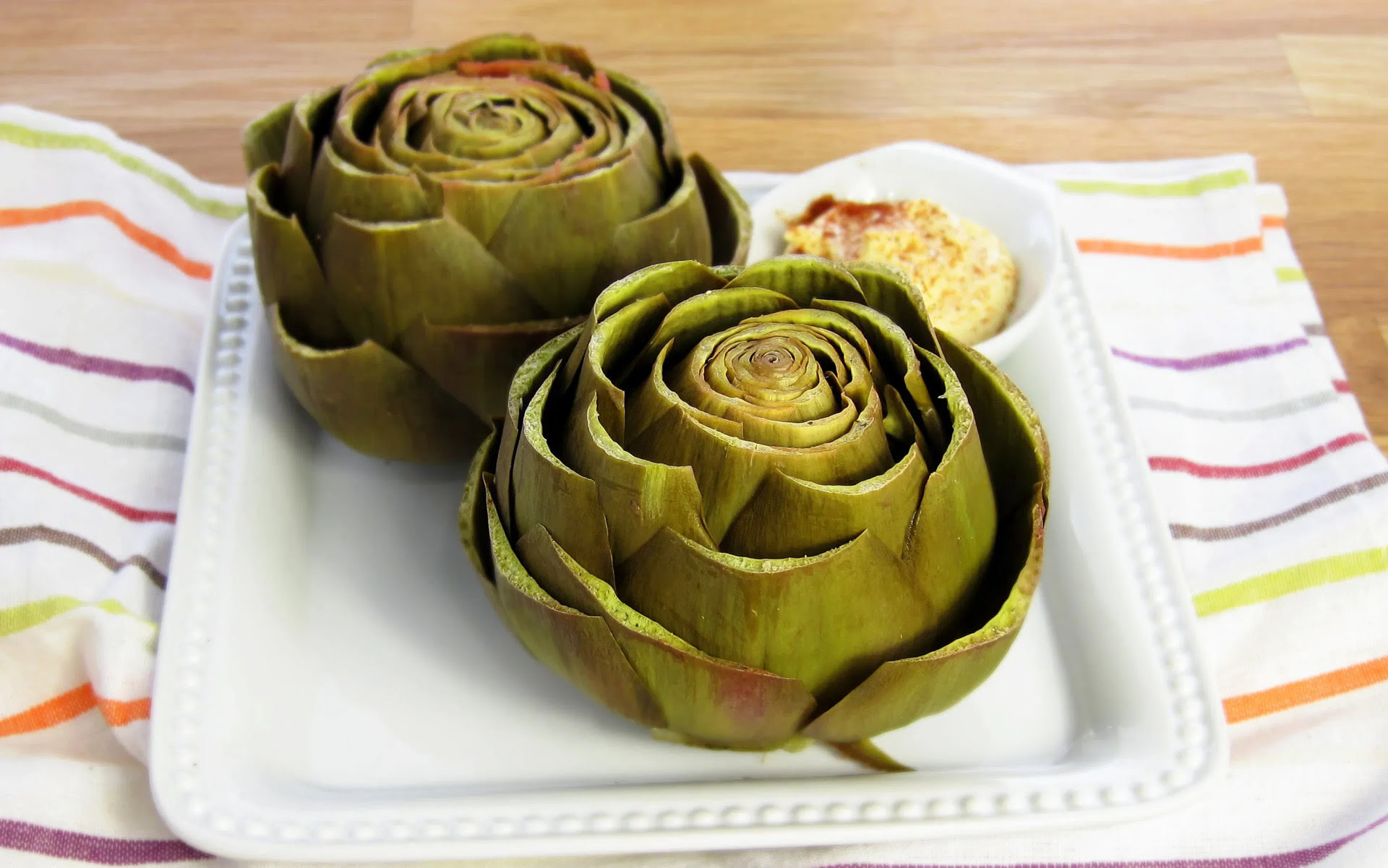
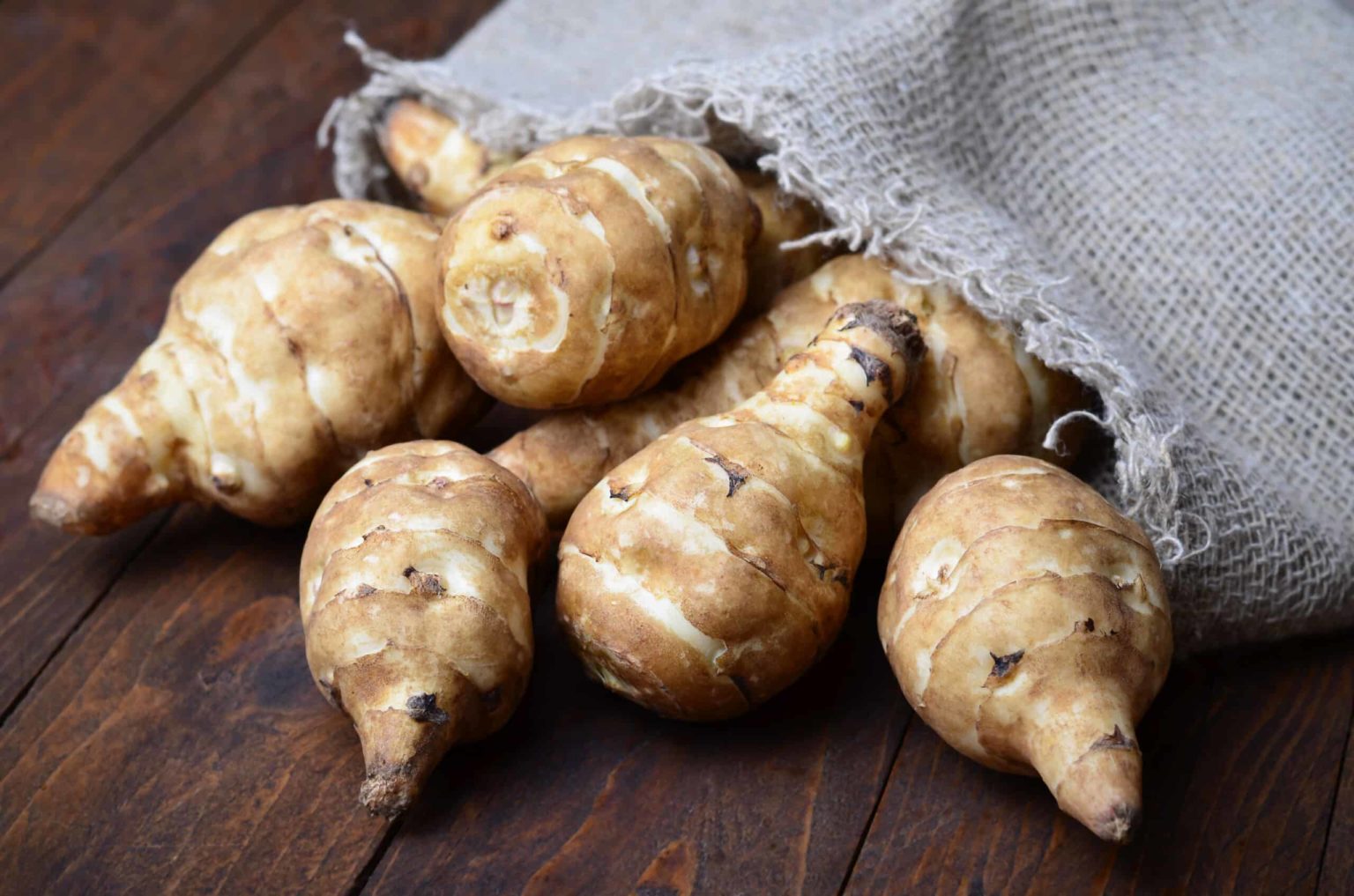
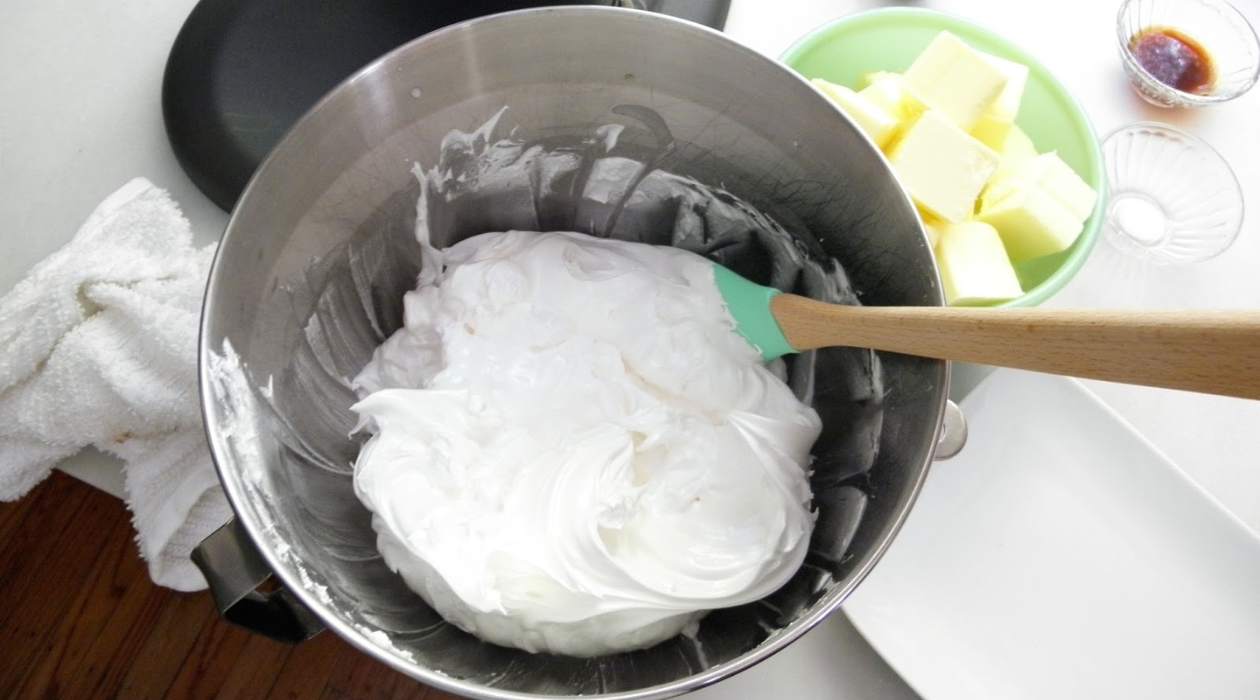
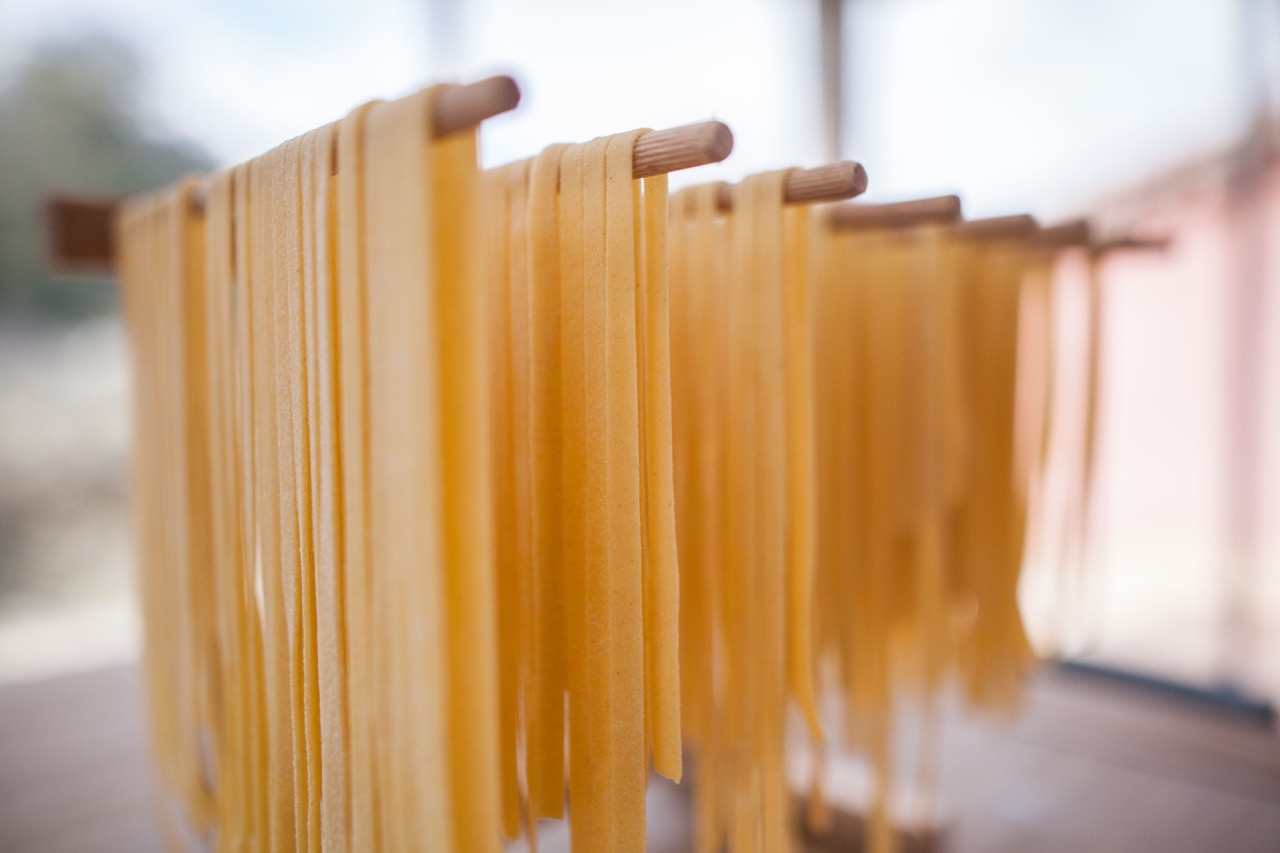
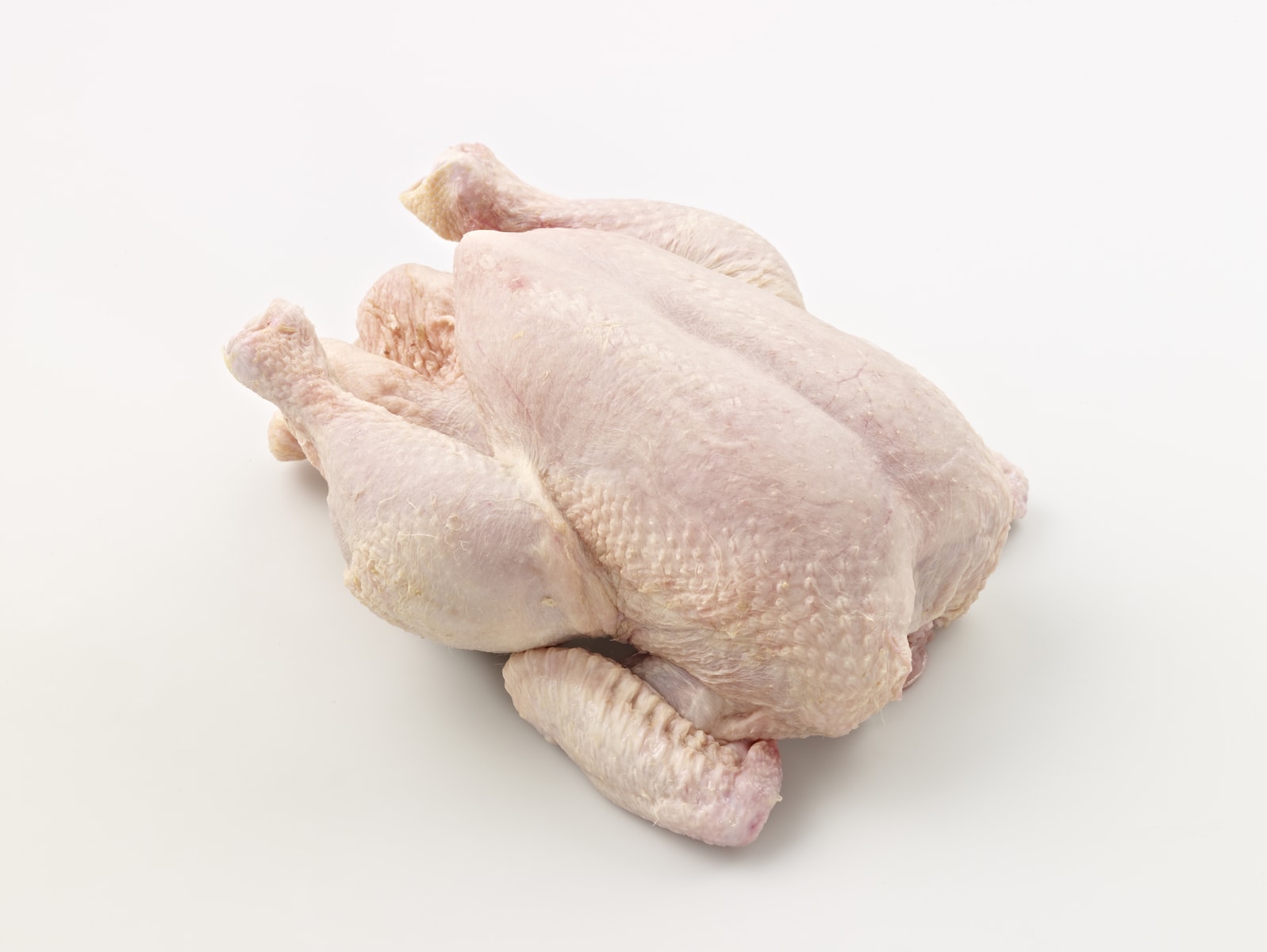
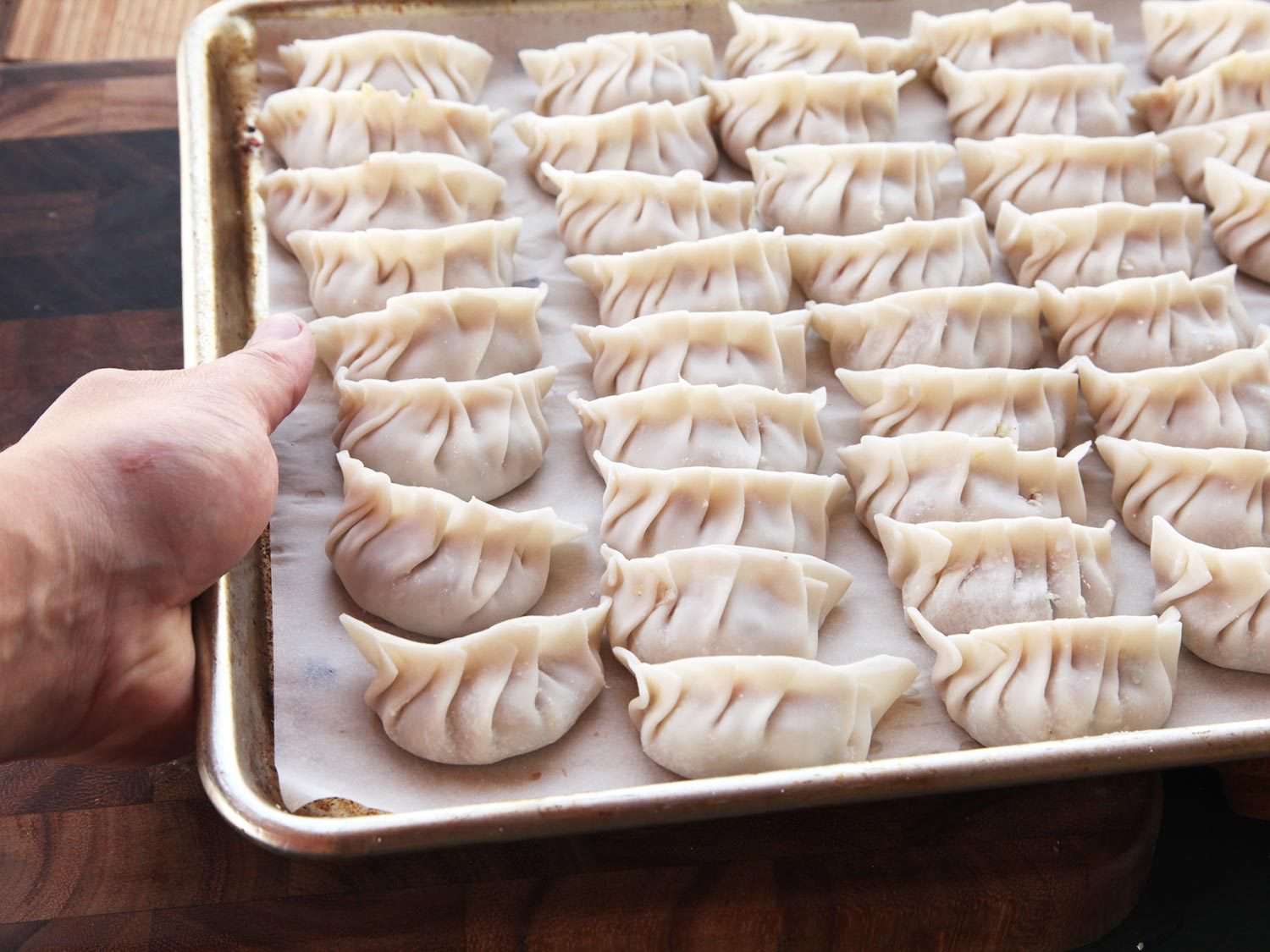
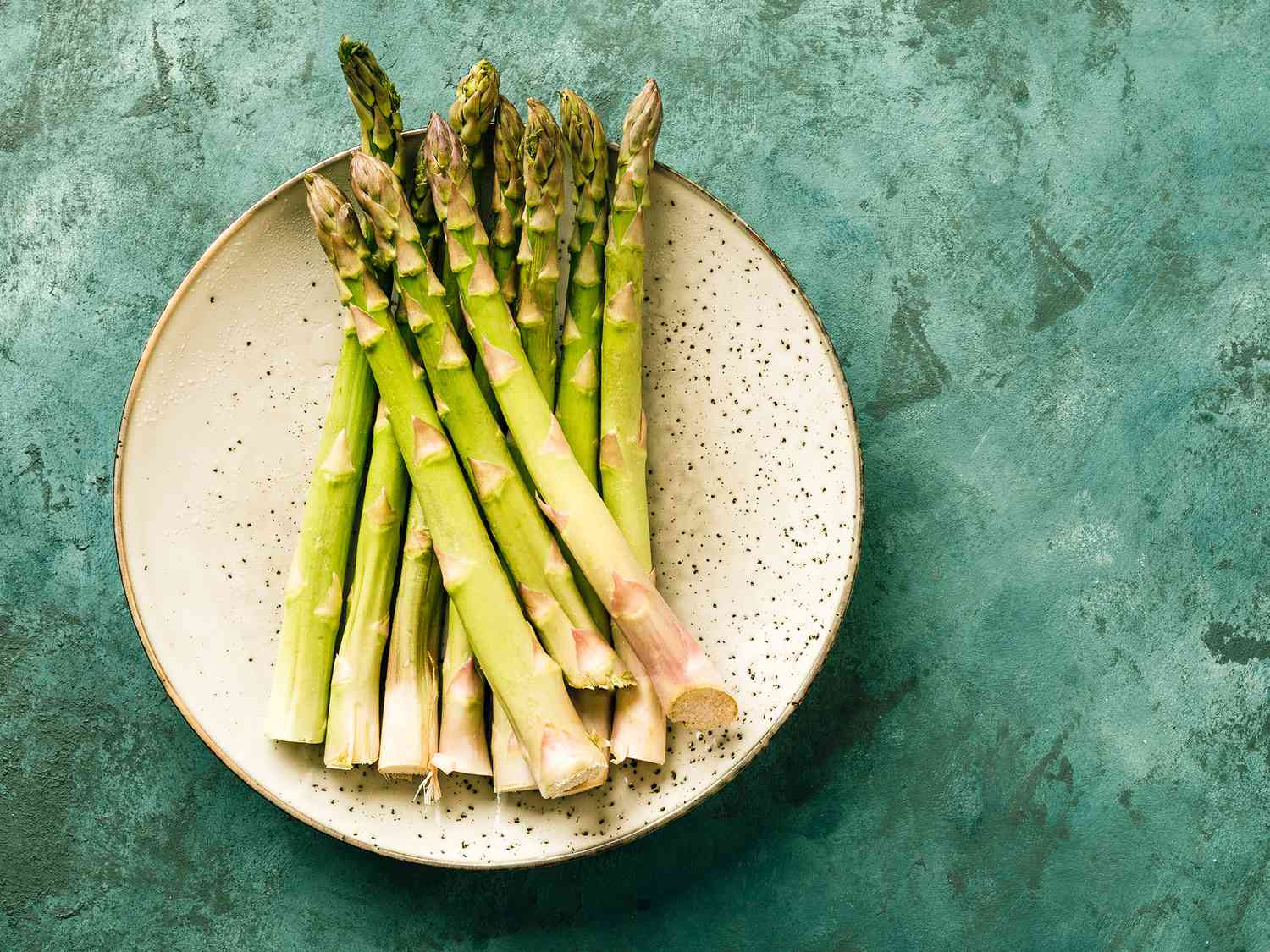
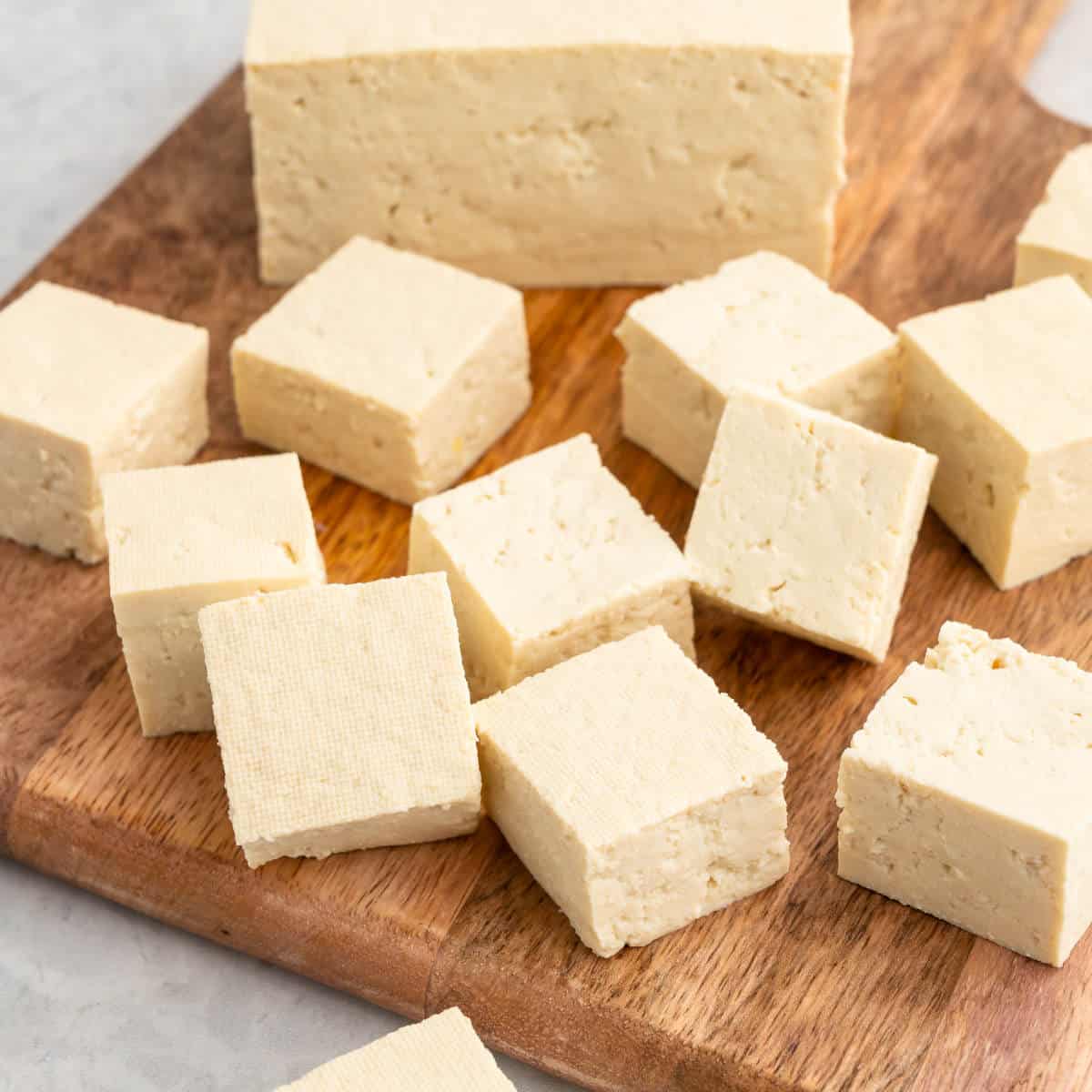
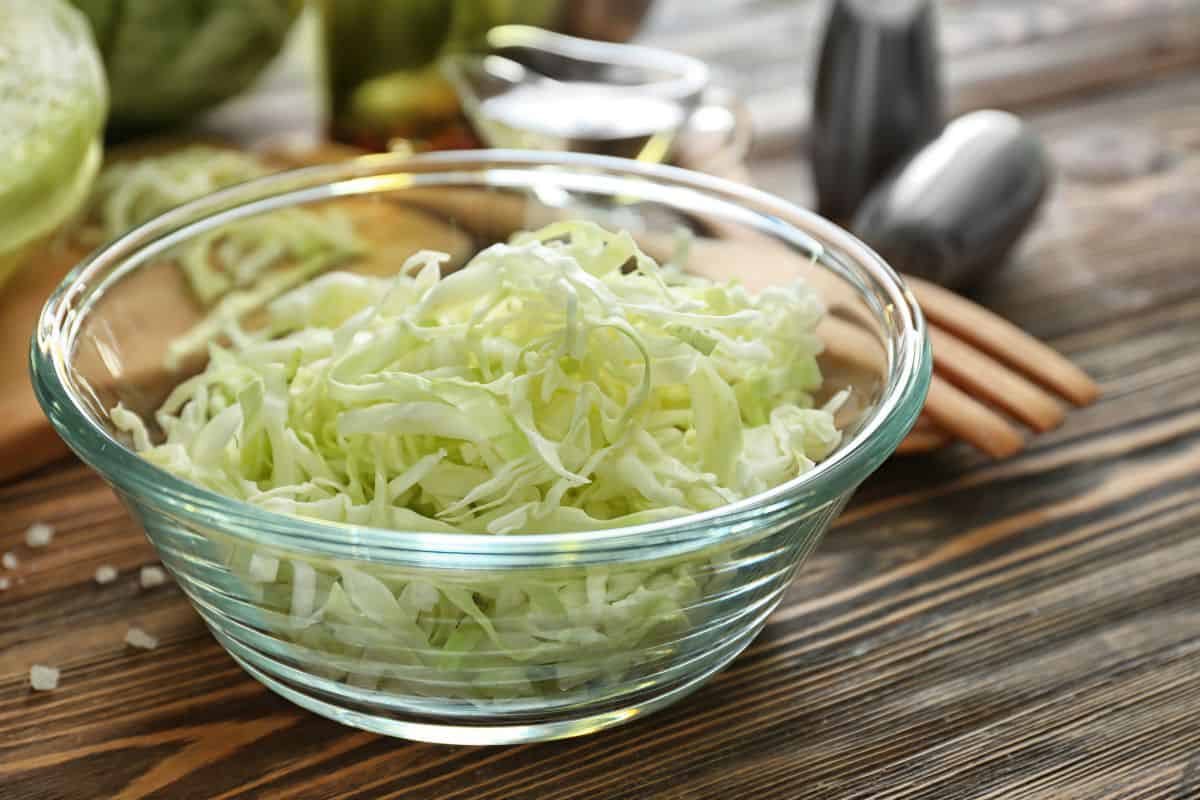
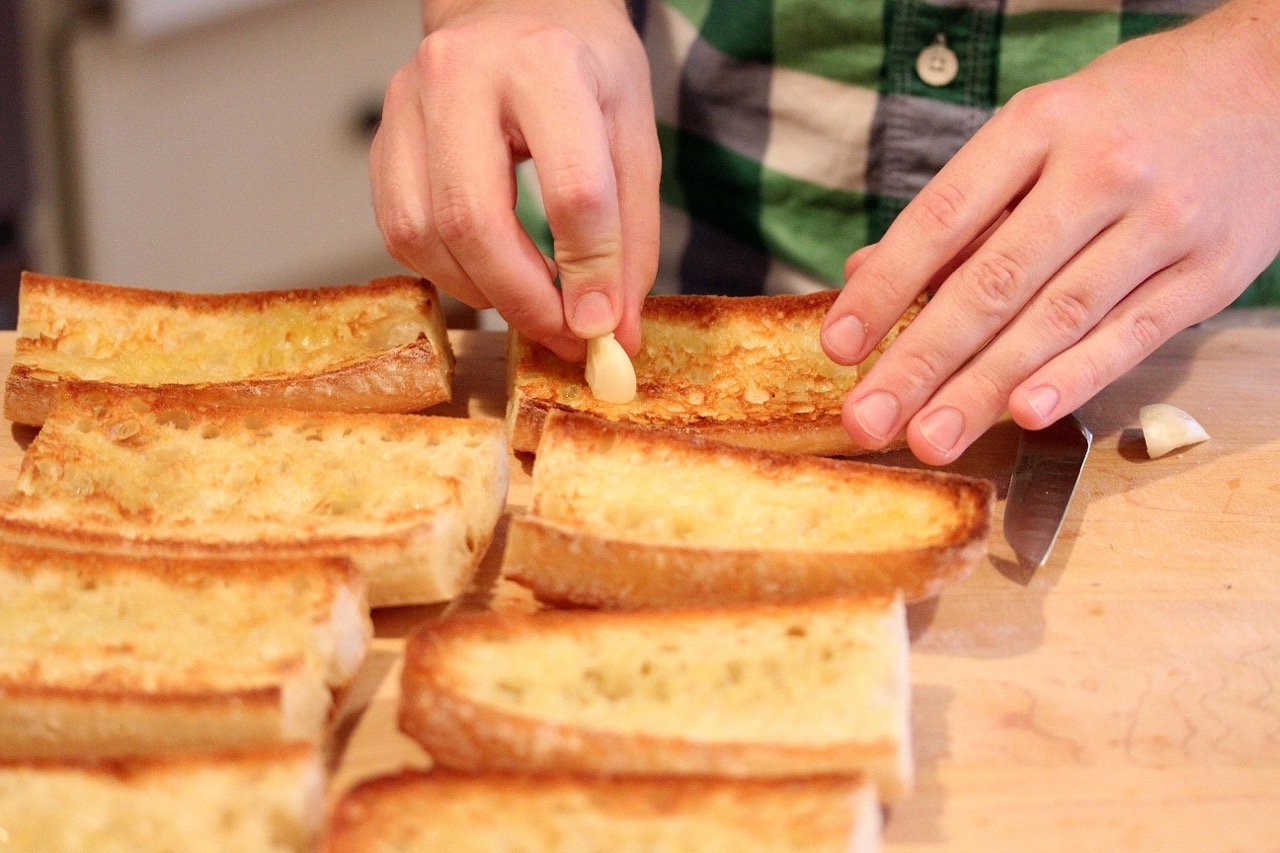

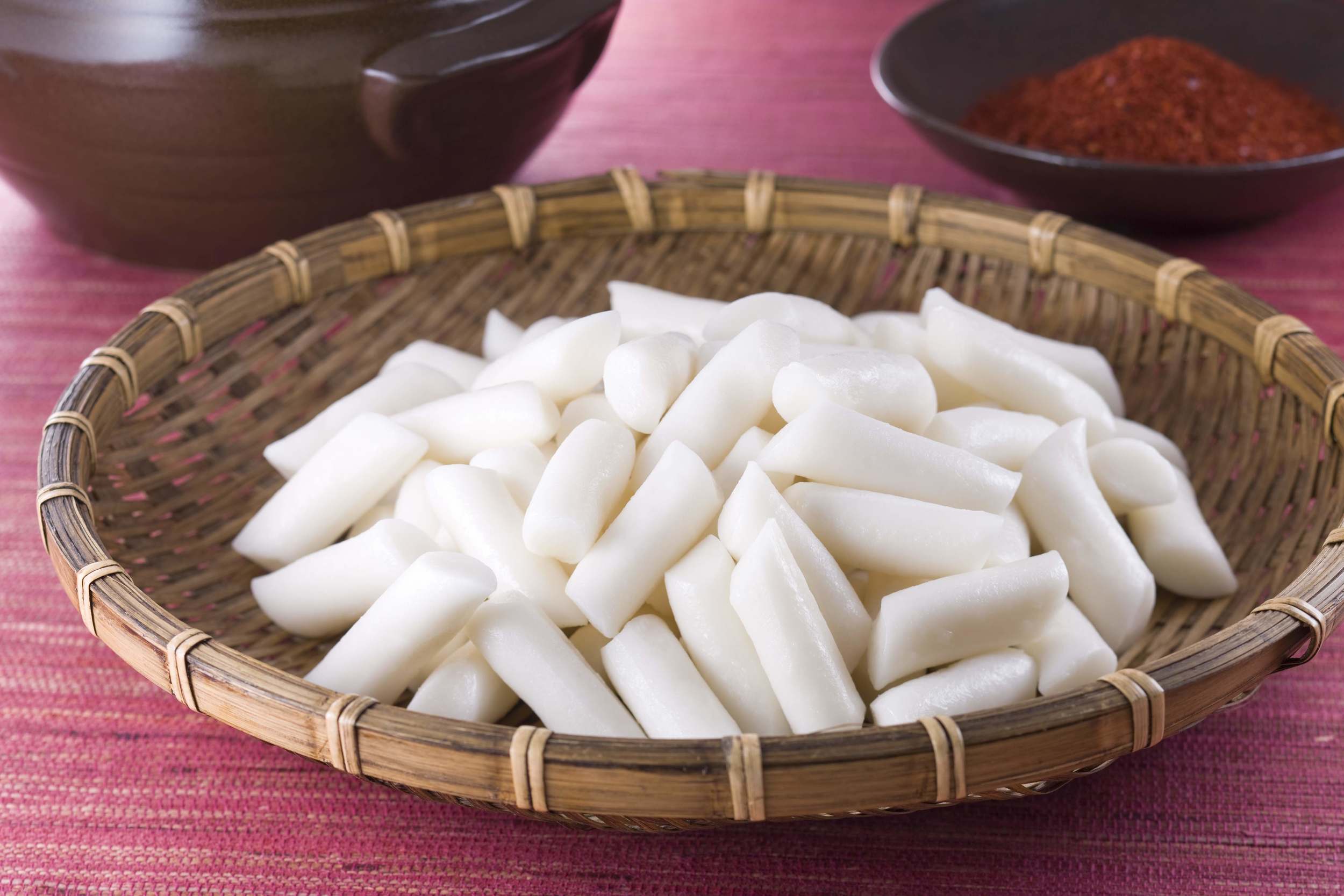
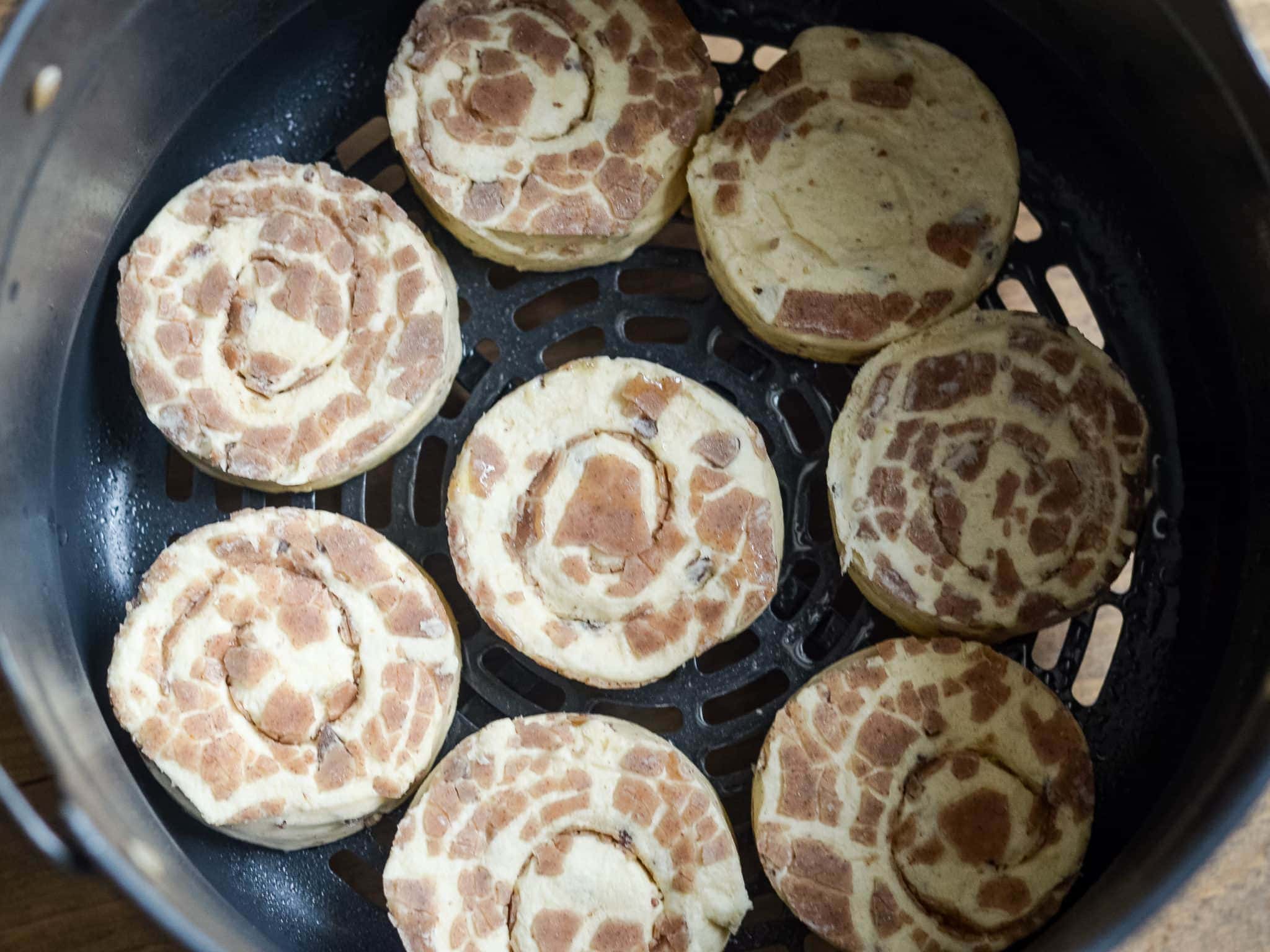

0 thoughts on “How To Store Uncooked Artichokes”